Cold Chain Logistics: Management Challenges & Solutions
The supply chain is a term used to describe all the components required to transport goods from beginning to end, from production to the end...
15 min read
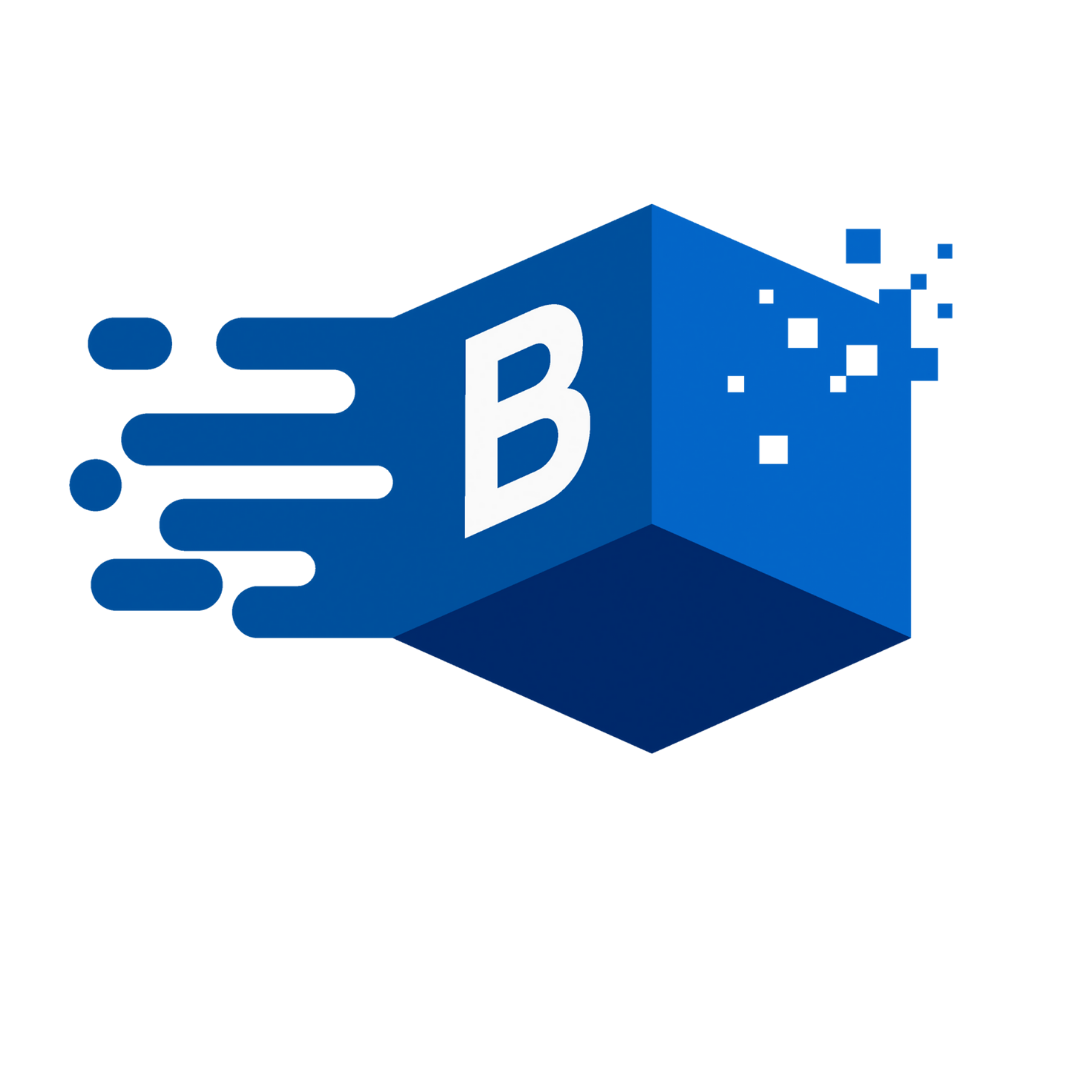 BUKU Marketing
:
Nov 9, 2022 3:11:23 PM
BUKU Marketing
:
Nov 9, 2022 3:11:23 PM
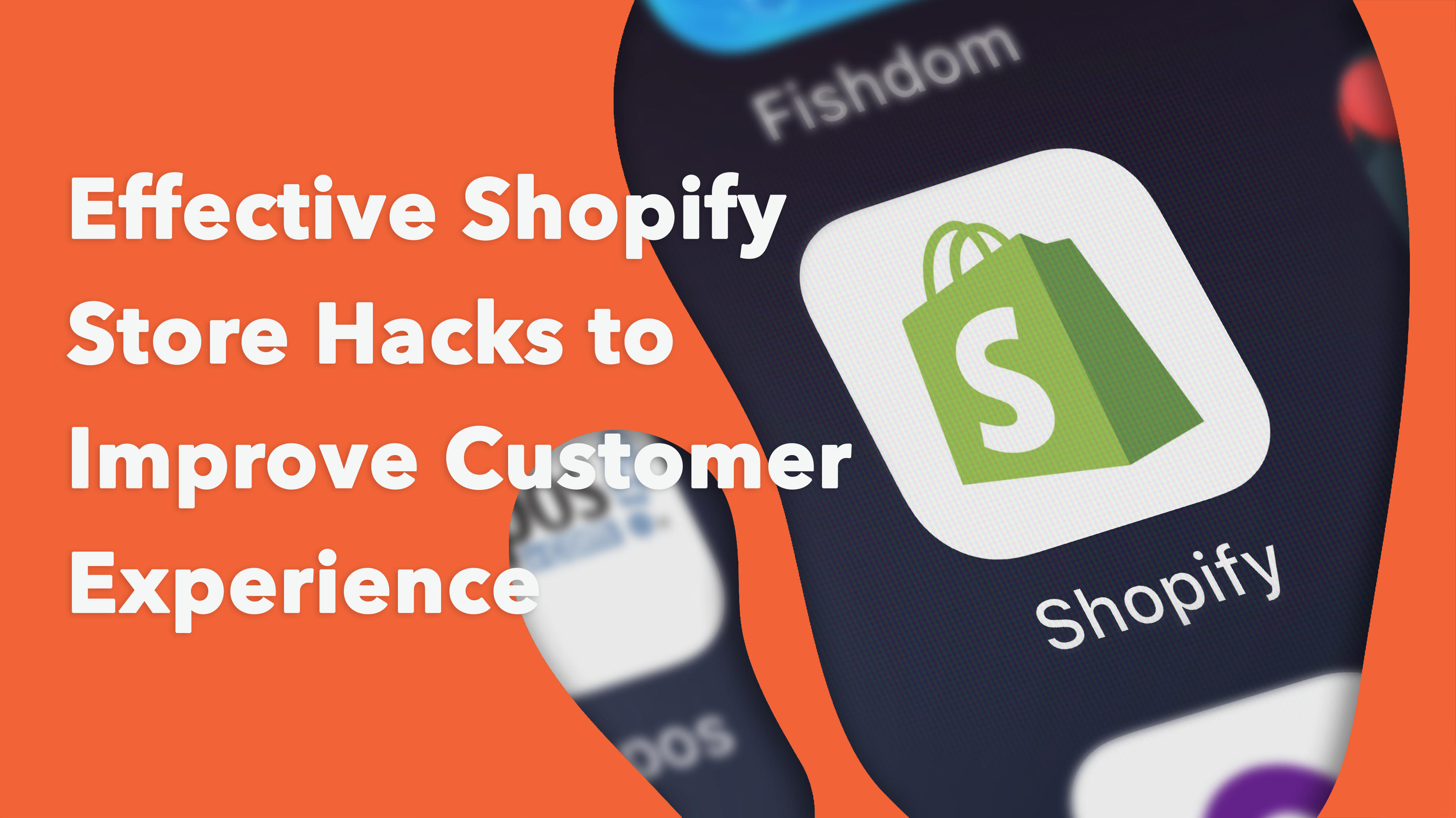
The most important component of any business is its customers. Without the customers, there would be no sales, and therefore no profit – and ultimately, no more business.
Ecommerce stores have an especially precarious relationship with customers. In a brick-and-mortar store setting, customers are limited in their choices, based on their general area, which can benefit the store owner.
Ecommerce stores don't have that same perk, because all it takes for their customers to wander into someone else's storefront is the click of a mouse.
But what they do to beat physical retail stores is their customers can come from anywhere in the world. Ecommerce stores aren't limited to a specific location for their customer base.
This retail model has a great many benefits for store owners, but it also puts a massive amount of importance on the customer experience.
While growing your sales by swaying new customers is important, eCommerce businesses will be more successful if they focus on building customer loyalty.
Shopify store owners can grow their sales and revenue by making sure that the customer experience is smooth and problem-free, from the very first click into your store to their final purchase confirmation.
Making sure there are no negative experiences in your customers’ shopping process will go a long way toward determining if they will come back around a second or third time.
Just how important is the overall customer experience to your bottom line?
Well, 33% of customers say they would switch to a competitor after only one bad customer service experience, while 50% have given up on a purchase halfway through due to a poor experience.
In eCommerce especially, you have just one chance to get it right.
This article will discuss the ten most effective Shopify store hacks you can use to improve your customer’s experience. Following these hacks will remove barriers between your customers and their final purchase, which ultimately increases your bottom line.
Let’s get started!
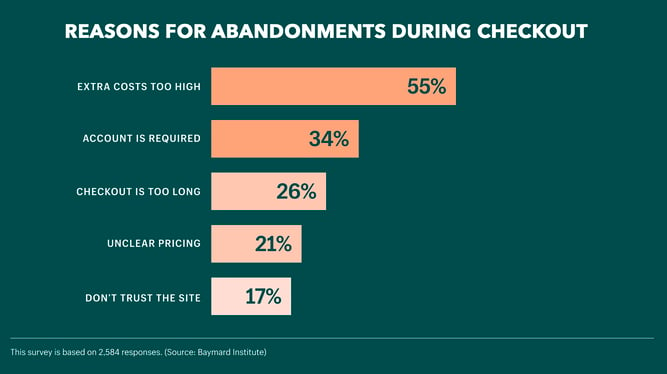
The checkout experience can make or break a purchase. Even customers who have decided to make a purchase will walk away if they determine the checkout process is too long, at a rate of 26%. That's over one-quarter of your sales that are lost due to a messy checkout process.
Our first Spotify store hack is to make sure your checkout experience is optimized for ease of use.
Let’s look at a few of the most important things that your checkout experience should have in place to make sure customers have no anxiety following through with the purchase.
In simple terms, checkout optimization is the process of removing obstacles and distractions from the checkout experience and giving customers access to the shipping and payment options that will allow them to follow through with a purchase without feeling any uneasiness.
Keep it clean and simple - Your checkout page should be straightforward, with nothing on the page except the forms your customers need to fill out. Don't distract them with images, links, headers, and footers. You don't want to give them any reason to click away before completing their purchase.
One-click checkout - Utilize one-click checkout to avoid forcing customers to enter their information multiple times. This is one of the biggest turn-offs for customers. They don't want any extraneous steps that are going to take up more of their time. Only ask for necessary information. You can include optional fields to allow your customers the choice to offer additional info. Use their email address to follow up instead.
Use Autocomplete - Use Google Autocomplete to fill in your customer's address. When the customer enters the first line of their address, Autocomplete will generate their city, state, and ZIP code and shave valuable time off the checkout process. Using Google Autocomplete is 20% faster than manually filling out an address.
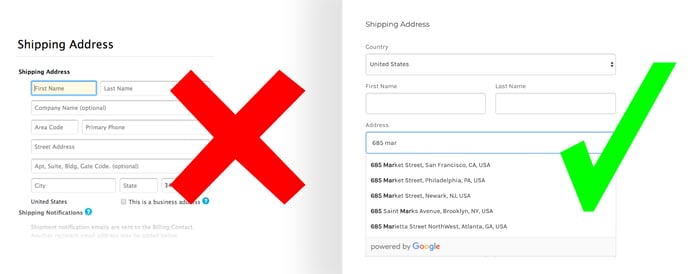
Make it safe and transparent - Installing an SSL certificate and security badges will help your customer feel secure in their purchase decision. Images of the payment options offered are also helpful for your customers, and they give your store an air of professionalism.
Make sure your customers have access to the information they need, including your contact information, expected shipping times, product delays, return and exchange policies, etc.
Upsells and add-ons - Offer add-on product suggestions, and ensure your back button has full operability in case customers decide they want to continue shopping before making a final purchase. You want them to be able to navigate back into the store while maintaining the items in their cart.
Allow guest sales - Allow your customers to check out as "guests" rather than forcing them to sign up for an account. You don't want anything that will stand between your customers and the final decision. You can always offer a way for them to sign up after the purchase is completed, either by offering a link on the "thank you" page or by following up with an email.
For your customers to reach the checkout, you must make sure your Shopify store pages are optimized as well. You want to give your customers a smooth shopping experience from start to finish, and that includes making it easy for them to find exactly what they’re looking for, and maybe even some things they didn’t know they needed.
Setting up effective Shopify store pages is more of a science than you might realize. Every piece of information attached to the images, tags, and product descriptions determines how your page ranks on search engine algorithms. Doing it correctly guarantees shoppers will see your products on their search engine results page, and doing it incorrectly means your store will get buried in the results.
Optimize title tags – A title tag needs to be short, accurate, and precise, because it’s the first thing your customer will see when browsing search results, and it’s the main piece of information that search engines will use to determine what your product page is about.
Optimize description tags – A meta description tag is where you can give customers a bit more information about the product itself. It’s like your sales pitch. When your customers are browsing on Google or another search engine, they will see the title tag first, followed by the meta tag.
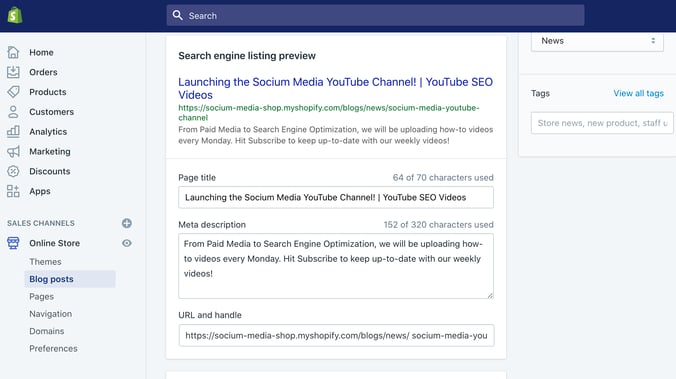
If you don't provide a meta tag, Google will do it for you by displaying a snippet of the first paragraph on your product page. Take advantage of this opportunity by creating a meta tag yourself that represents what the customer will find on a product page. Keep it short, use capitalization for emphasis, and make every meta tag unique.
Optimize category page descriptions – Category page descriptions allow customers who enter a broad search phrase into the search engine to find your page. This is a good place to include keywords that might match what the customer enters in the search bar or words related to a sales promotion.
Optimize product images – Perhaps the most important part of selling products online is the product image. Every aspect of this component must be formatted correctly, both for the benefit of the potential buyer and to ensure images rank in the image results tab on search engines.
75% of shoppers rely on product images to help them make a decision when shopping online. Your customers want to see what they’re buying, and they want to see it from multiple angles.
Make sure your images are the right size, preferably under 70 KB, and the right type (JPEGS are a popular choice for eCommerce sites). Compress your images to save space and reduce load times, provide an image sitemap, and include alt text to help search engines understand the content of your images.
Optimize URLs – Make sure your URLs are clear and helpful, instead of a string of letters and numbers. You want both the customers and the search engine to be able to clearly understand where the URL will take them with just a single glance.
Optimize product descriptions – Craft unique product descriptions for every offering on your site. Avoid duplicating content from product manufacturers, which runs the risk of linking back to competitor sites that use the same language. And don't be afraid to include a call to action to direct the customer to take the next step.
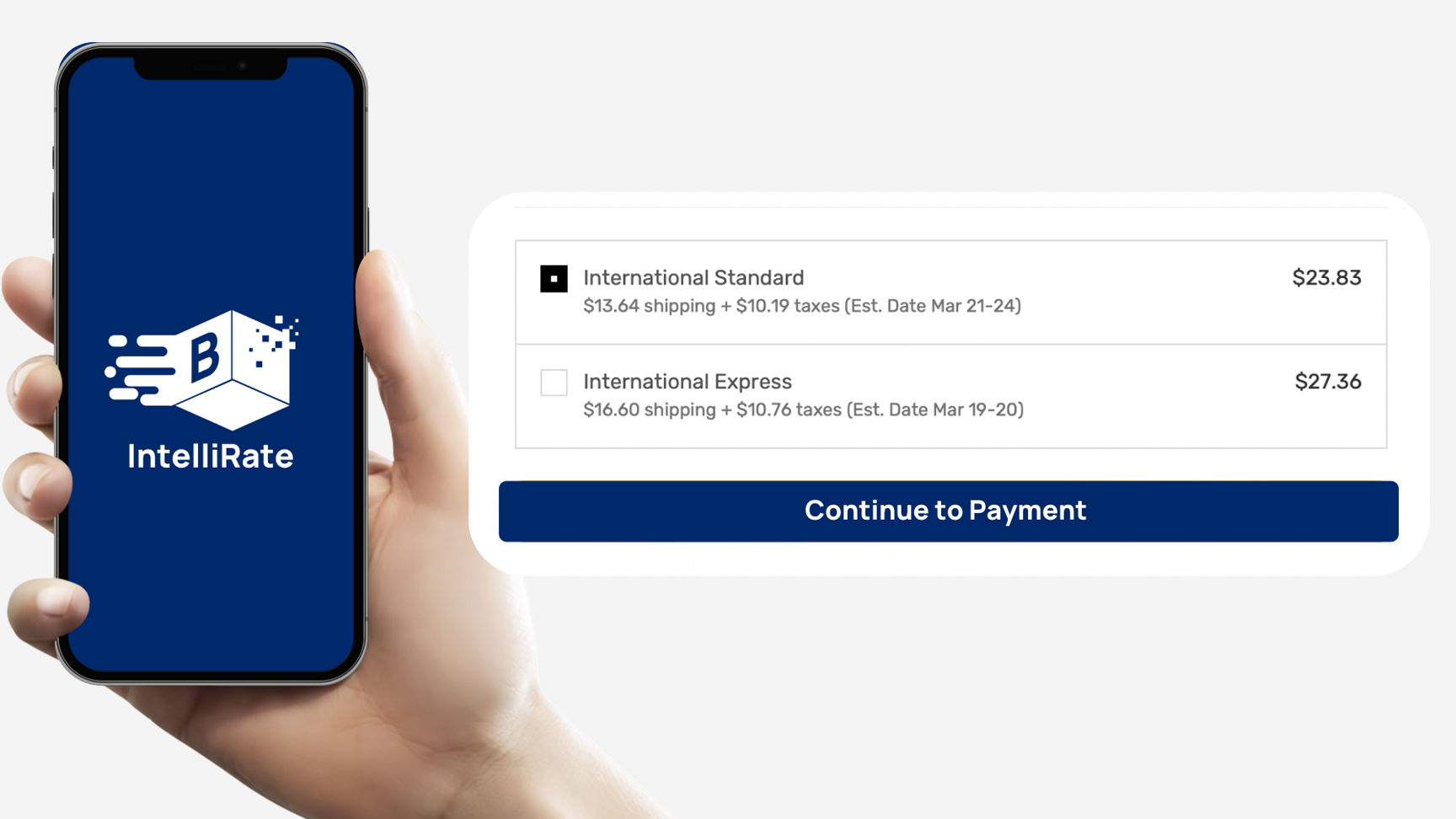
Buku's Shopify app, IntelliRate, is one of the most valuable tools available for Shopify store owners because it allows you to offer optimized shipping rates through hundreds of carriers. You can offer your customers multiple shipping channels, including free shipping and even international shipping. And you can do so in a cost-effective way for both you and your customers.
This amazing tool lets will automatically calculate and display accurate shipping estimations, including global costs and international taxes, so your customers will know exactly what to expect. It also allows customers access to accurate shipping dates, so their purchase decision becomes more about when to expect their delivery rather than how much it costs for delivery.
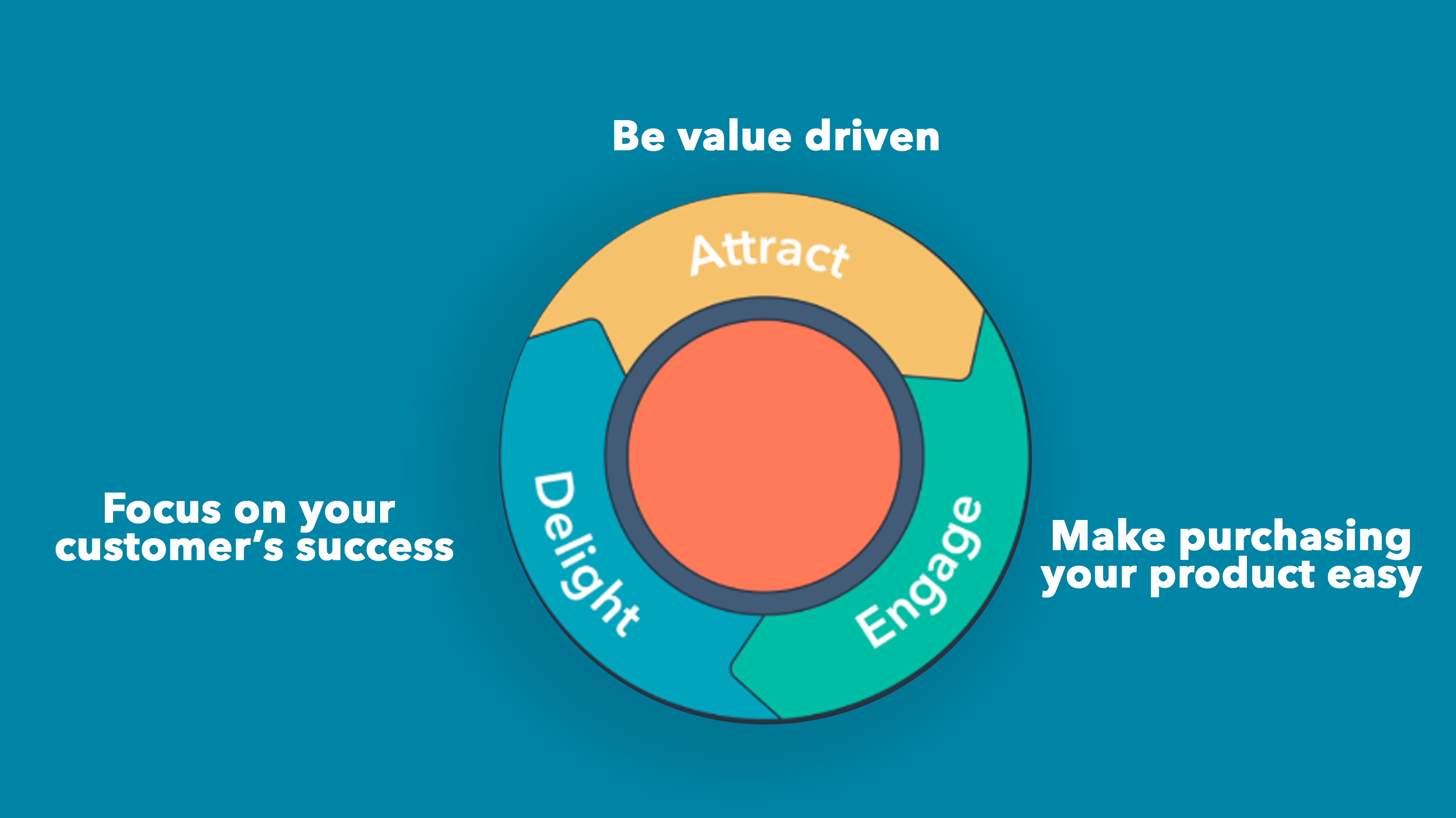
The Shopify store website is the digital equivalent of your storefront. It needs to be attractive, clean, and organized and presents your customers with a great shopping experience every time.
Making sure your customers love to visit and browse your website, and never have the urge to click away, will turn more conversions, increase sales, and grow your revenue.
Here are some Shopify store hacks to help you create a fabulous, engaging website that will keep your customers coming back.

Branding is the process of maintaining a cohesive image across your brand, from images and logos to the color scheme you pick for your website and packaging. It all comes down to giving the customers something they can associate with your brand, its purpose, and its meaning.
Creating a branding personality might be easy, or it could be more difficult, depending on what particular niche you sell in. But just remember that what matters most is what your customers think about your brand, not how it makes you feel.
Once you have branding in place, make sure it’s displayed prominently across all pages on your website. Every page should have your logo across the top, so customers remember where they are and learn to associate the imagery with your brand.
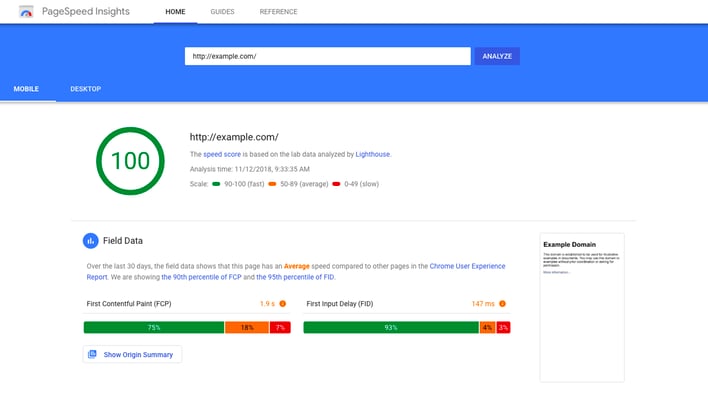
Nobody wants to wait around for a website to load, and as a matter of fact, most people won't. You only have a very short window to get that website up and running in front of your customers. Failing to do so guarantees they’re going to click away.
Want to know how much load speed matters? A one-second delay in your page load time can mean 11% fewer page views, 7% fewer conversions, and as much as a 16% drop in customer satisfaction. Almost 50% of customers expect your website to load in less than two seconds, and 40% will click away if it takes longer than three.
You can reduce your load time by reducing the number of HTTP requests your site makes, meaning limiting the number of elements per page. Also keep an eye on HTML, CSS, and JavaScript files. Too many of these elements, or files that are too large, will slow your load time. Lastly, check your DNS speed by running a speed comparison test. If your results seem too slow, look to switch to a provider that offers faster speeds.
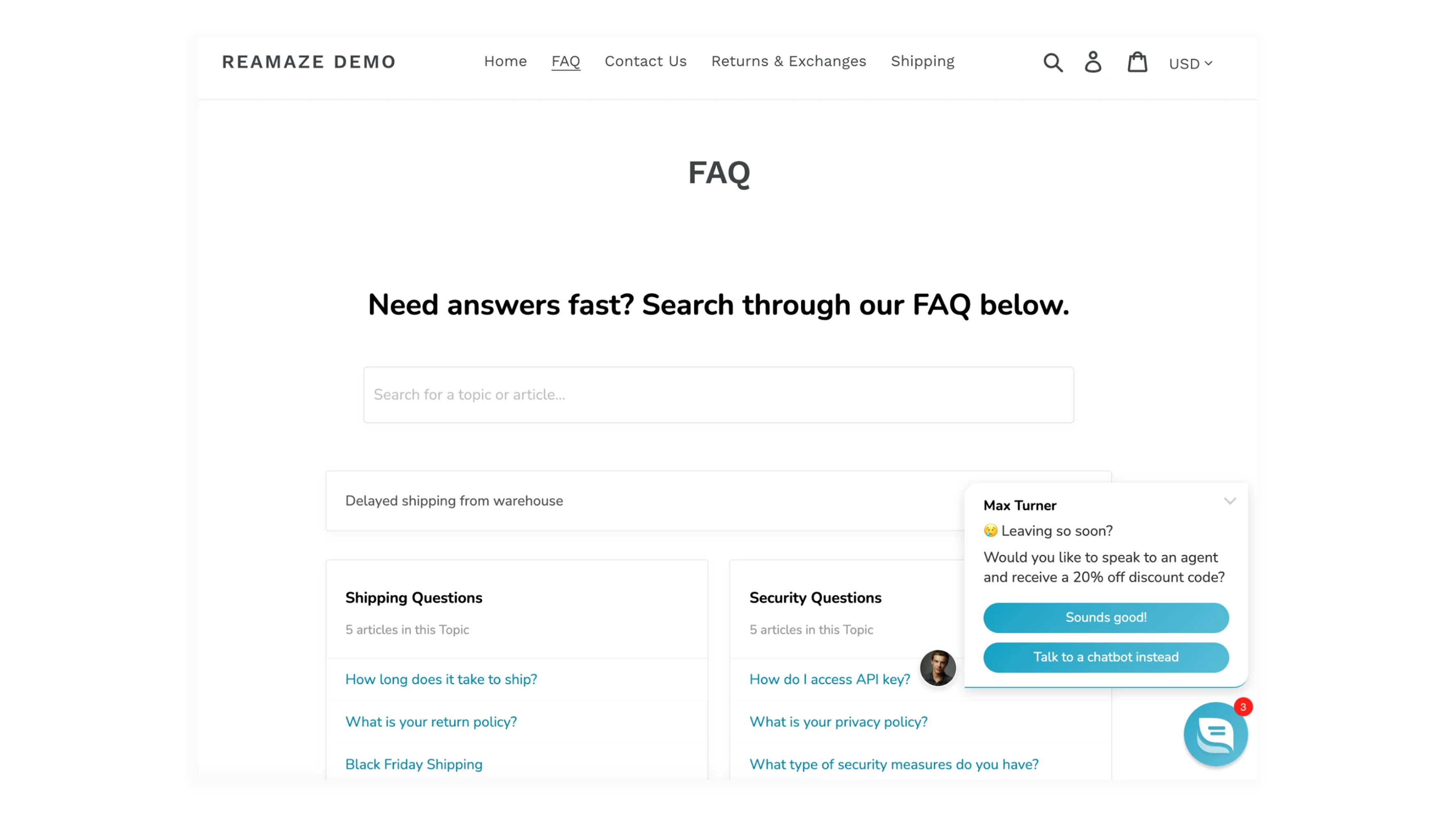
These two inclusions are guaranteed to keep customers from clicking away from your page by offering them the opportunity to find information themselves. A search bar lets them navigate your product pages easily and find exactly what they’re looking for faster. And an FAQ page lets them search for answers to the most asked questions without having to reach out directly to customer service.
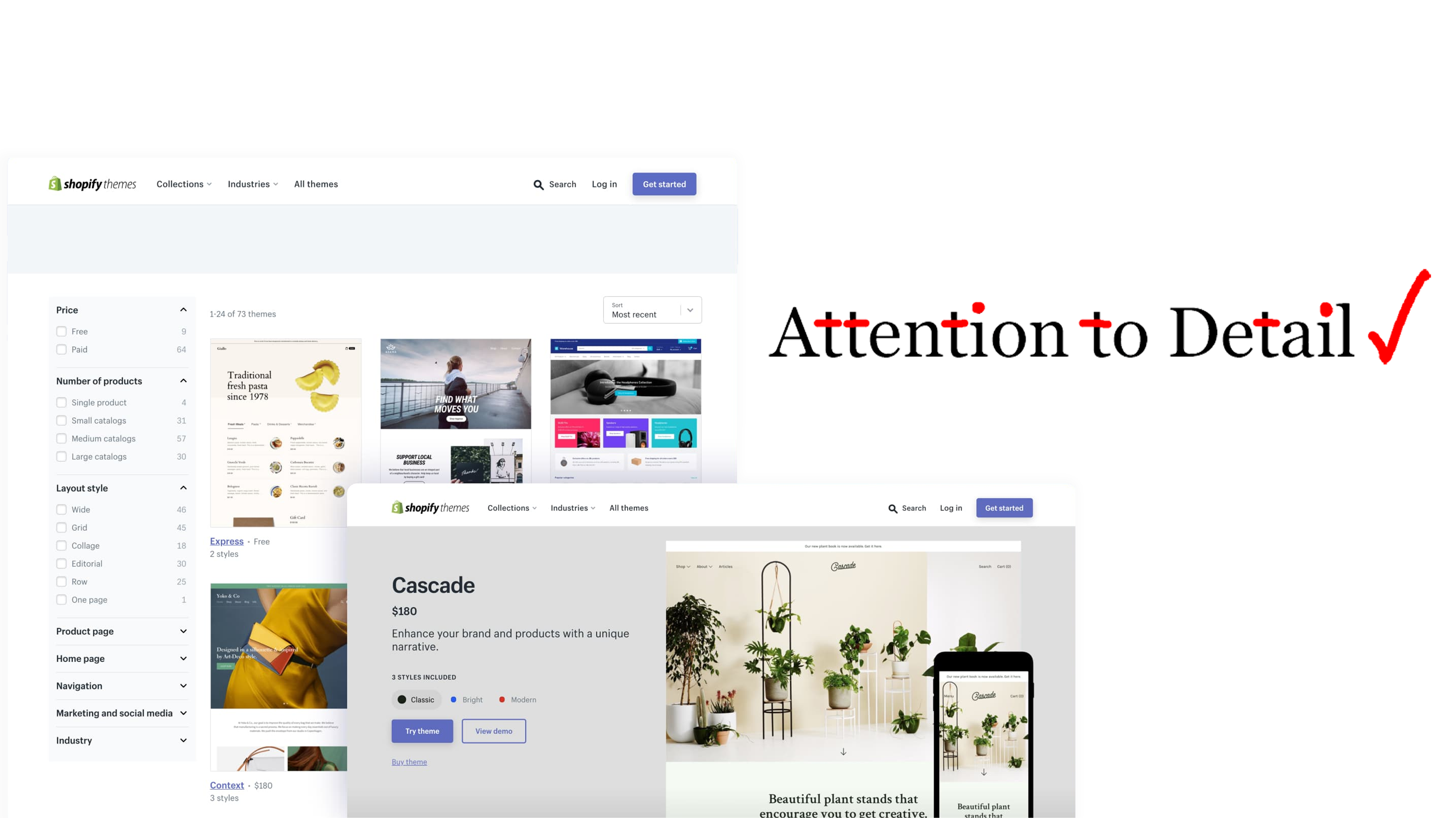
Your website is a big part of the image you present to customers, so make sure every little detail is right where it needs to be. Check for even the smallest grammatical errors – missing punctuation, misspellings, etc. It might not seem like a big deal in the grander scheme, but trust that your customers will notice. Little mistakes give your store an unprofessional air, will turn customers off and lead them to lose trust in your brand.

Offering support to your customers does not mean you need to provide 24/7 live chat – however, if that’s an option for you, then go for it. But what it does mean is providing your customers with a clear pathway to support.
Another option is to provide a link on each page that lets your customers know how to reach you, whether it's through messaging, email, or a phone number attached to a monitored voice mailbox. Just be sure to clearly define how long the customer will need to wait for a response and when your hours of availability are and be sure to follow through with those promises.
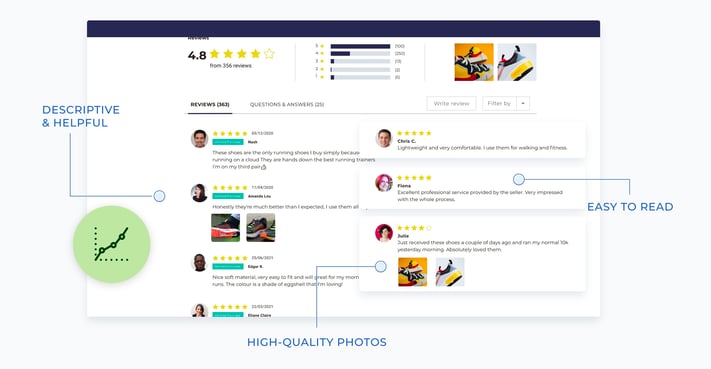
Potential customers will be looking at your website to help them decide whether to purchase your products. Give them another reason to believe that making a purchase is the right decision for them by including testimonials and reviews from past customers.
Research shows that 88% of consumers rely on online reviews as much as they would a personal recommendation. Plus, it will allow future customers the opportunity to leave a review of their own. This builds trust between your customers and your brand, providing a feeling of transparency. And it allows you access to valuable feedback from your customers that you can use to improve your processes moving forward.
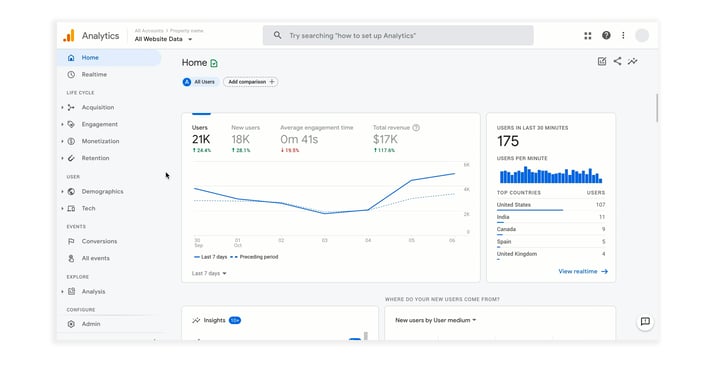
Google Analytics is a great tool that gives you a clear picture of which pages on your website are working, and which ones need improvement. It can tell you which pages get the most visits, and which pages customers click away from the fastest. It will also give you information about the demographics of your customers, how many times they revisit your website, and how they arrived at your site.
You can also utilize A/B testing models to determine the best structure for a webpage. Set up two distinctly different pages within your website, and then use Google Analytics to determine which page gets the best results. This will help you learn how to structure your pages moving forward.

It’s estimated that by 2024, 187.5 million people will spend a combined $621 billion shopping with their mobile devices. Perhaps the most effective way to improve the customer experience, and one of our most important Shopify store hacks, is to ensure your website is 100% optimized for mobile-phone users. In today's digital world, this is a must for stores that want to be successful.
Consumers are turning to mobile devices for their internet browsing at an incredible rate. 79% of smartphone users have purchased a product using their mobile device in the last six months. In 2021, 40% of sales on Black Friday 2021, the busiest shopping day of the year, were completed on a mobile device. On the following Cyber Monday, 54% of consumers visited an eCommerce site via a mobile device, and 33% of those ended up making a purchase.
If you're running a Shopify store that isn't available for mobile-device users, you are denying those consumers access to your products. It's as if you're cutting your potential customer base in half.
And providing a bad mobile experience is just as damaging as providing none at all. 84% of consumers report having a bad experience shopping via a mobile device, and 40% say they will look to a competitor if that happens to be the case. Here's how to make sure this doesn't happen to you.
Free shipping has become an expectation for many shoppers, thanks to large online retailers like Amazon. 66% of consumers expect free shipping for every single online order they make. As far as Shopify store hacks go, offering free shipping is no longer optional. To keep the largest percentage of customers happy, free shipping is a must. If you’re not offering free shipping, your customers can easily jump over to a competitor that is.
Smaller retailers might start sweating when they hear the word “free” attached to anything. After all, the goal is to turn a profit, and if your margins are already small, then offering a costly service for free may seem out of reach without taking a loss.
But it doesn’t need to be. There are ways you can offer free shipping to customers without spending a large chunk of your profits. Here’s how:
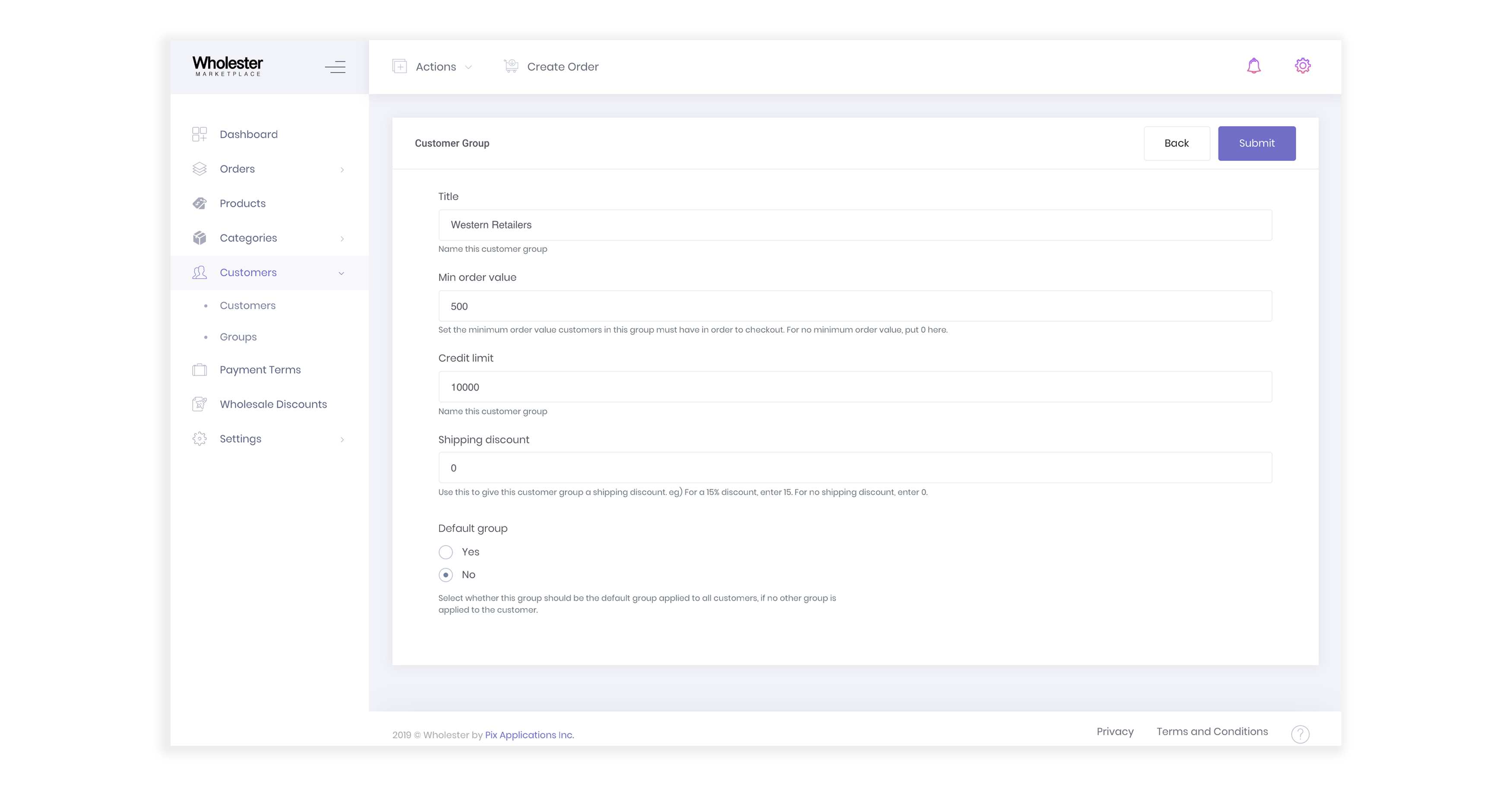
Most customers expect to spend a certain dollar amount before being offered the benefit of free shipping. Setting a threshold amount will allow you to offer free shipping without losing money and increase cart-sizes – and profits.
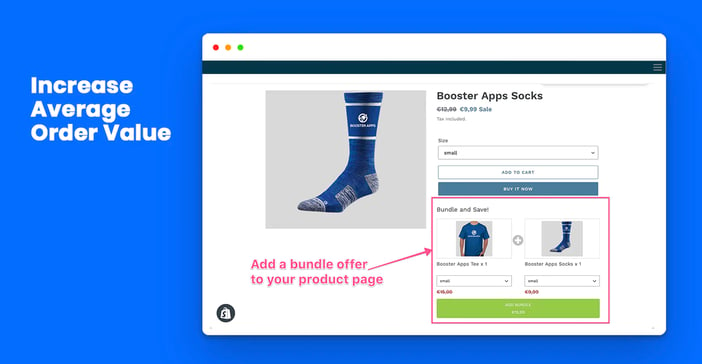
Bundle deals are not only a great way to increase cart sizes and add extra revenue to a sale, but they can save you money on shipping as well. When you offer customers free shipping on purchases over a certain dollar amount, 48% of those customers will add extra items to their cart to qualify.
Shipping costs are skyrocketing after the Covid-19 pandemic, and it only makes sense that some of those costs will be passed on to the consumer. You may need to increase product prices slightly to cover the cost of shipping. If that’s not an option, and you feel like doing so will turn consumers away from purchasing your products, you might benefit from looking for a different supplier that will save you money on shipping.
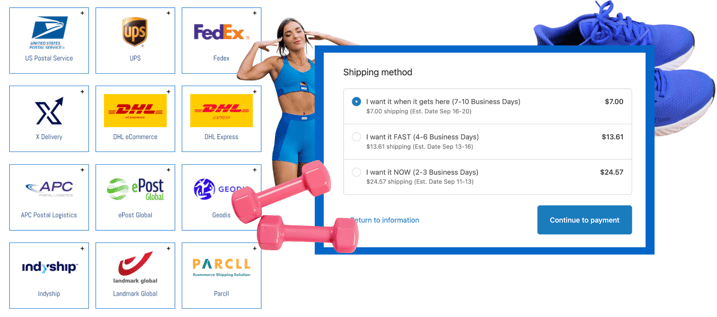
Although a large percentage of customers expect free shipping as an option when making a purchase, many others are more than willing to pay a little extra for expedited delivery. Offering customers the option of upgrading to a paid shipping carrier in exchange for faster delivery is a great way to reduce the number of buyers using the free shipping option. And it keeps customers who expect multiple shipping options happy.
Intellirate can help Shopify store owners keep customers satisfied from purchase to delivery by offering the best shipping options to fit their needs. And it allows you, as the business owners, a clear picture of what your costs will be when all is said and done, so you don’t ever have to worry about losing money on a sale because of the shipping process. Intellirate can even help Shopify store owners turn shipping costs into an extra revenue channel!
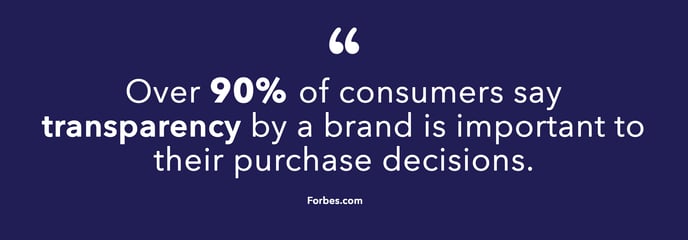
Customers demand honesty from the companies they do business with. Studies show that over 90% of consumers put transparency as one of the most important factors in their purchasing decisions. The world is full of unscrupulous business practices, and consumers know that. When they purchase from you online, they trust that you will protect their private information.
One of the biggest Shopify store hacks is to maintain a culture of transparency in every interaction with your customers. Doing so will ensure that your customers trust you and your brand and will never feel unsafe or uncomfortable doing business with you. The first time they feel this way, they’re gone and off to a competitor who will offer them those feelings.
How do you remain transparent with your customers? By offering them honesty, openness, and authenticity in every aspect of your business. And by operating a business that aligns with their values.
Be open and honest about where you source your products, what your supply chain looks like, and what steps you are taking to protect the environment during the process. Your customers will appreciate knowing that you're not hiding anything that would conflict with their values.
Be upfront about your products, the materials used, and how a product performs. Customers won’t appreciate it if you sell them something they feel was misrepresented.
Be transparent with pricing, payment, and shipping costs. If customers make it to the checkout and then find themselves surprised by hidden cost factors, they will be likely to walk away from the sale and never come back again.

One of the most effective Shopify store hacks for increasing customer loyalty and increasing repeat business is offering a reward program. Customer loyalty and reward programs give your customers an extra incentive to shop with you, and even more importantly, a reason to continue visiting your website.
A loyalty program can increase repeat business by offering your customers something in return for their loyalty. When it comes to online retailers, Shopify ranks in the top three largest marketplaces in the United States, following only Amazon and eBay. Over 319 million unique visitors visit the platform every month. That’s a lot of digital business flowing through the doors of the platform, which is great news for Shopify store owners.
But it also increases the amount of competition between storefronts. That’s why customer loyalty programs are so important. They help you stand apart from the crowd of stores selling similar products and give customers an extra reason to remain loyal to your brand.
Loyalty programs can increase brand awareness and loyalty, improve customer retention rates, increase sales and revenue, and cut down on the costs of acquiring new customers. More than 90% of companies have some sort of customer loyalty program in place. So, if you fail to offer one yourself, you’re letting your competitors run the game.
You can create a customer loyalty program by allowing customers to earn points with every purchase. Those points can then be converted into discounts that customers can use to save money on even more purchases. You could also create a tier-based reward system, where customers earn access to perks based on their rank. Or allow customers access to benefits through a paid program. Just be sure the benefits you’re offering outweigh the cost of signing up.

Everyone loves getting something for nothing, and your customers are no different. Offering giveaways and freebies is a sure way to build brand loyalty, increase customer satisfaction, and increase repeat business. And it gives your customers an extra sense of value when they walk away from a purchase feeling like they got something for free.
What you offer to give away to customers will make a big difference in the effectiveness of this Shopify store hack. For example, if your customer purchases an expensive pair of shoes and you offer them a free toothbrush, that customer probably won’t be impressed. Giving away the wrong product, or something with little perceived value or usefulness can do more harm than good.
Giveaways can be done on a large scale, like allowing customers to enter a sweepstake or make a purchase during a designated time frame. They could be coupons, discounts, or free delivery on future products. Or they can be purchase-related freebies designed to enhance the customer's shopping experience. Here are some tips for finding the perfect giveaway item to let customers know you appreciate their business.
Giveaways are also a great advertising tool, especially if you take advantage of social media platforms. One of the best ways to increase brand awareness and gain new customers is by maintaining a presence on social media, and giveaways are a useful tool for convincing consumers to visit your website for the first time. And because of the sharable nature of social media content, over 62% of customers who sign up for promotions will share that information with a friend.
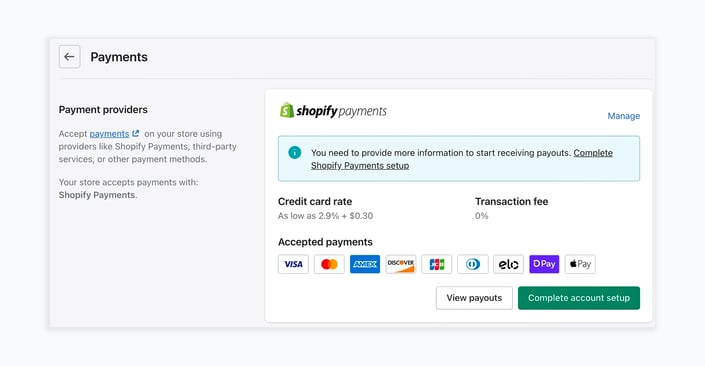
Over 72.8% of online shoppers abandon their shopping carts before finalizing a purchase. Yep, you read that right. Almost three-quarters of consumers don't make it through the process to the end.
Aside from product offerings and shipping options, one of the biggest roadblocks to a great customer experience relates to payment methods. If your store doesn’t accommodate a variety of payment methods, it won’t matter how many of these other Shopify store hacks you employ. If a customer can’t pay the way they want to, they likely won’t follow through with a purchase.
You will need to accept credit card payments from customers, and you will want to accept a wide variety of those credit cards. Visa and Mastercard are the biggies, but they're not the only options available.
The younger generation of shoppers expects more than the standard credit card options. And the variety of options available is only expanding. Check out a few of the most popular ones that you may want to consider:
Aside from these digital payment methods, you will want to include a way for customers to redeem coupons, in-store credits, and discounts.
The good news is that you don't have to be a programming wizard to accommodate your customer's payment needs. There are online website-building tools that you can incorporate into your Shopify store that will make the process easy.
Retail relies on customers, and customers rely on you to provide the kind of experience that gives them a reason to choose your business over others time and again. As a business owner, every action you take should be viewed through your customers’ eyes.
Online retailers and eCommerce stores face unique challenges that require extra care and attention. Focus on providing your customers with as smooth of a path as possible from their first click onto your website to the moment they press the "buy now" button.
If you follow these Shopify store hacks, make sure your website is clean and operable, optimize for mobile devices, and remove barriers from the checkout process. Then, you’re well on your way to gaining a loyal customer base that will choose your brand over a competitor every single time.

The supply chain is a term used to describe all the components required to transport goods from beginning to end, from production to the end...
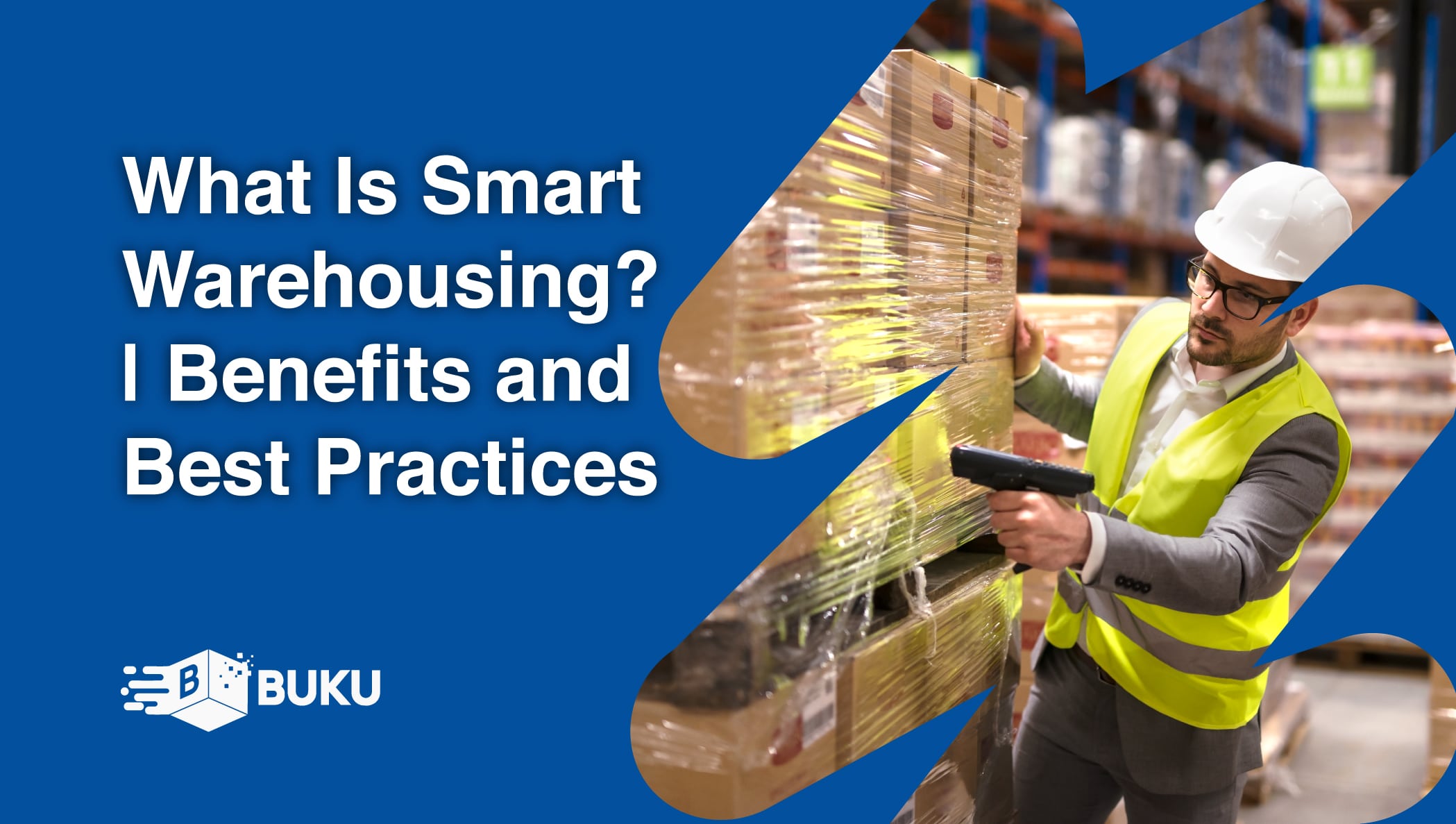
A smart warehouse is a large building where raw materials and other consumer goods are stored using machines, computers, comprehensive software, and...
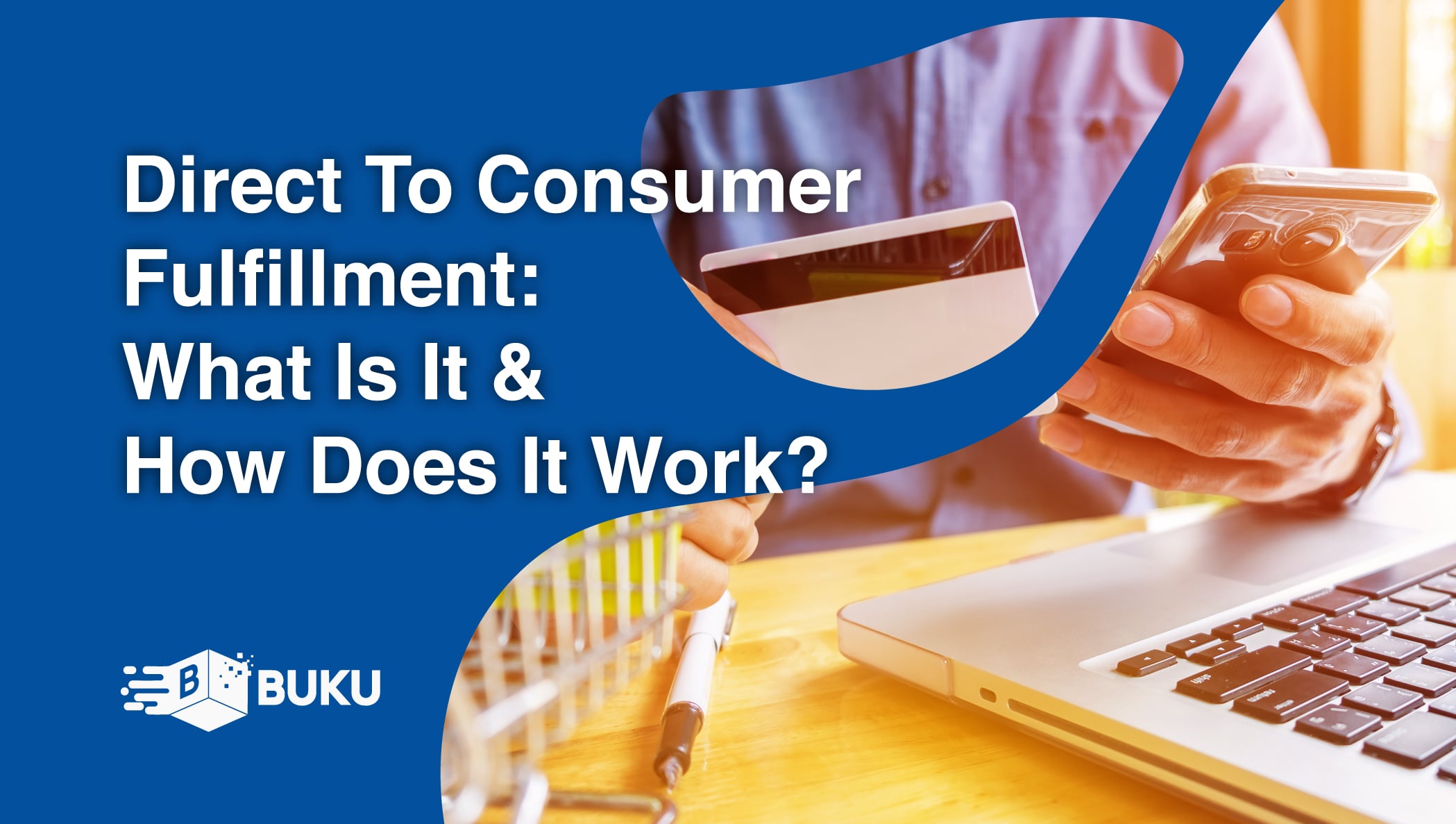
Direct-to-consumer (DTC) fulfillment is a strategy that helps brands sell and deliver their products directly to customers more efficiently while...